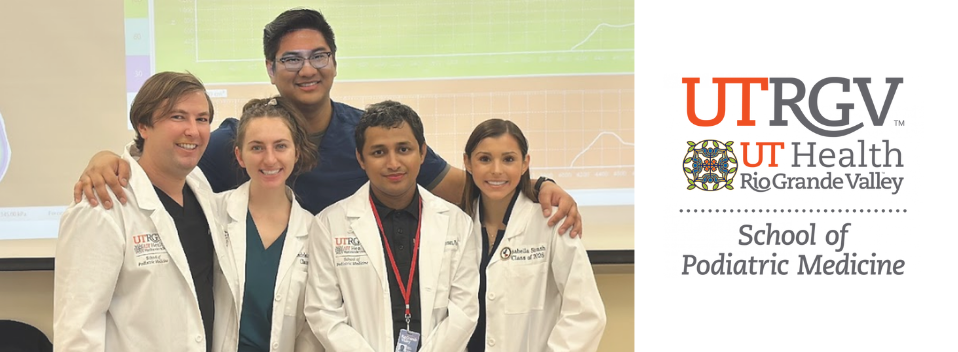
School of Podiatric Medicine Publications and Presentations
Molecular-Level Understanding of the Influence of Ions and Water on HMGB1 Adsorption Induced by Surface Hydroxylation of Titanium Implants
Document Type
Article
Publication Date
8-9-2021
Abstract
Due to its excellent chemical and mechanical properties, titanium has become the material of choice for orthopedic and dental implants to promote rehabilitation via bone anchorage and osseointegration. Titanium osseointegration is partially related to its capability to form a TiO2 surface layer and its ability to interact with key endogenous proteins immediately upon implantation, establishing the first bone–biomaterial interface. Surgical trauma caused by implantation results in the release of high-mobility group box 1 (HMGB1) protein, which is a prototypic DAMP (damage-associated molecular pattern) with multiple roles in inflammation and tissue healing. To develop different surface strategies that improve the clinical outcome of titanium-based implants by controlling their biological activity, a molecular-scale understanding of HMGB1–surface interactions is desired. Here, we use molecular dynamics (MD) computer simulations to provide direct insight into the HMGB1 interactions and the possible molecular arrangements of HMGB1 on fully hydroxylated and nonhydroxylated rutile (110) TiO2 surfaces. The results establish that HMGB1 is most likely to be adsorbed directly onto the surface regardless of surface hydroxylation, which is undesirable because it could affect its biological activity by causing structural changes to the protein. The hydroxylated TiO2 surface shows a greater affinity for HMGB1 than the nonhydroxylated surface. The water layer on the nonhydroxylated TiO2 surface prevents ions and the protein from directly contacting the surface. However, it was observed that if the ionic strength increases, the total number of ions adsorbed on the two surfaces increases and the protein’s direct adsorption ability decreases. These findings will help to understand the HMGB1–TiO2 interactions upon implantation as well as the development of different surface strategies by introducing ions or ionic materials to the titanium implant surface to modulate its interactions with HMGB1 to preserve biological function.
Recommended Citation
Ranathunga, D. T., Arteaga, A., Biguetti, C. C., Rodrigues, D. C., & Nielsen, S. O. (2021). Molecular-level understanding of the influence of ions and water on HMGB1 adsorption induced by surface hydroxylation of titanium implants. Langmuir, 37(33), 10100-10114. https://doi.org/10.1021/acs.langmuir.1c01444
Publication Title
Langmuir
Academic Level
faculty
DOI
https://doi.org/10.1021/acs.langmuir.1c01444


Comments
Copyright © 2021 American Chemical Society Request reuse permissions